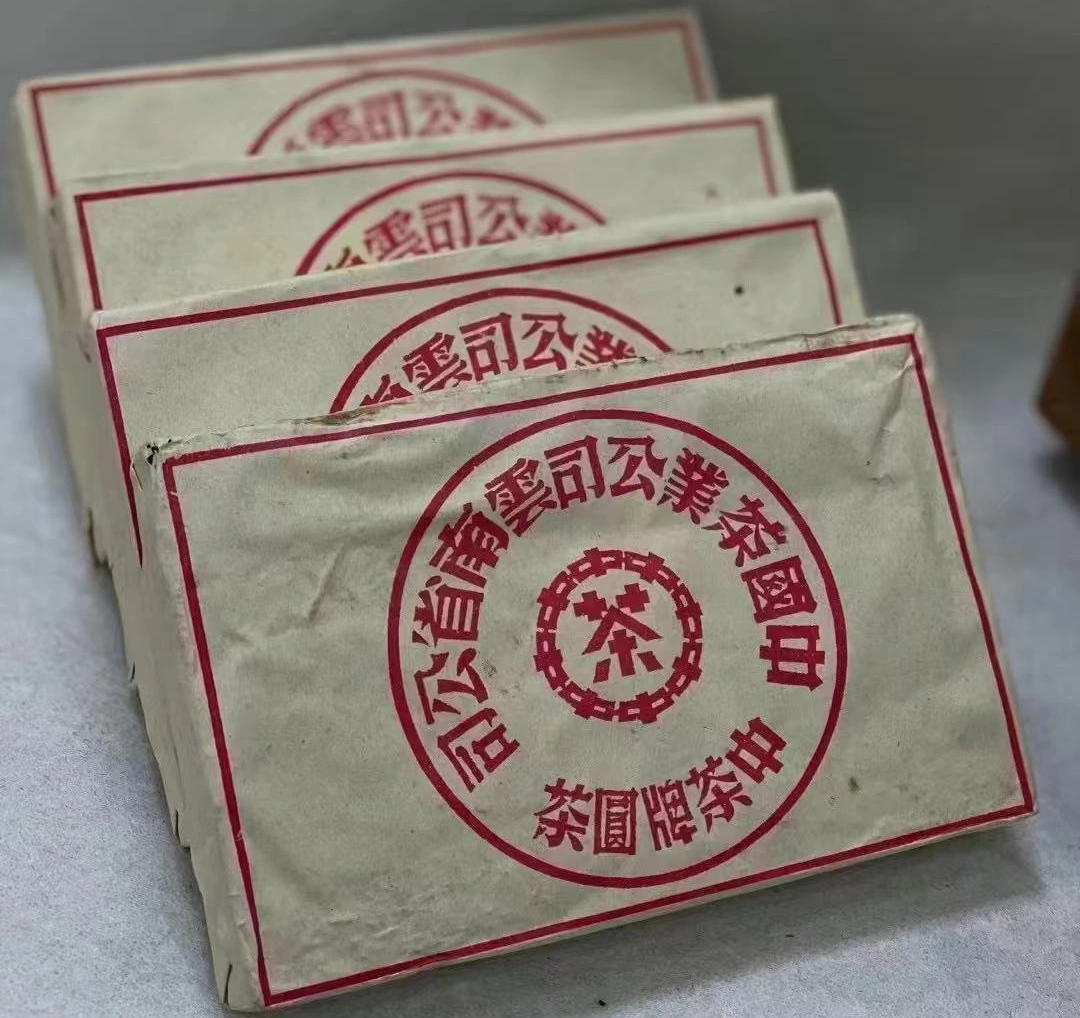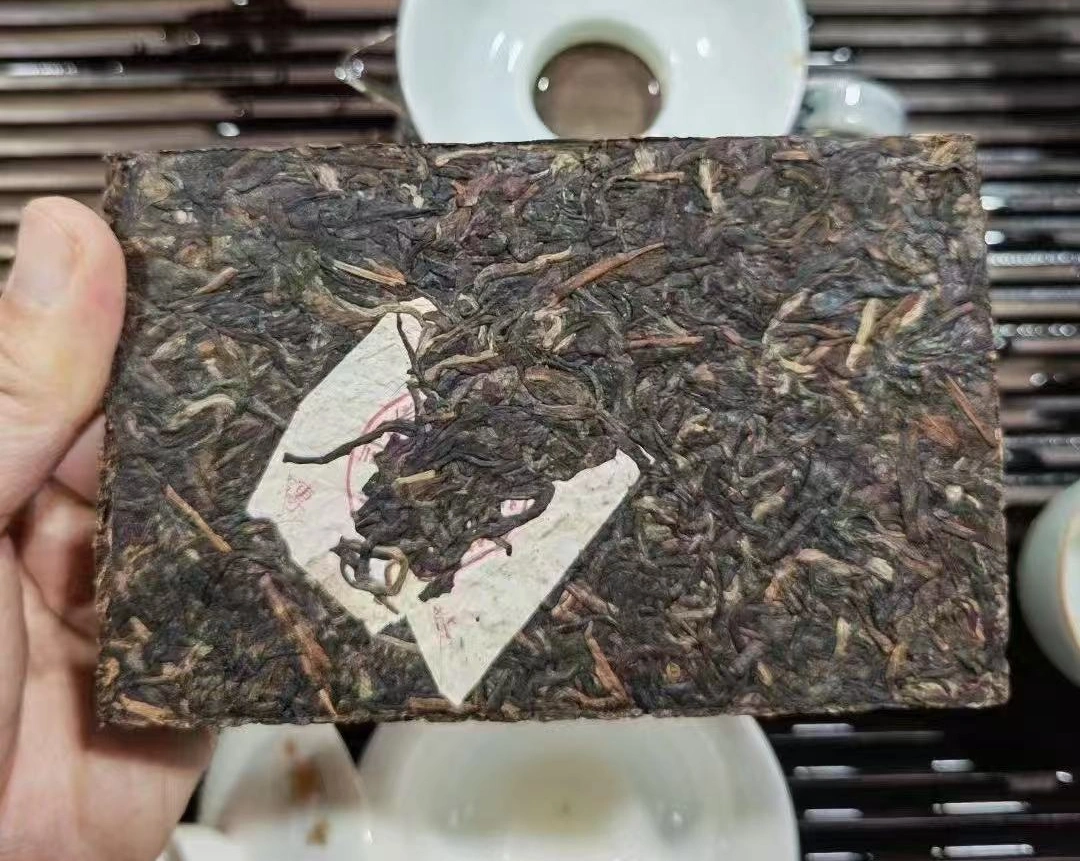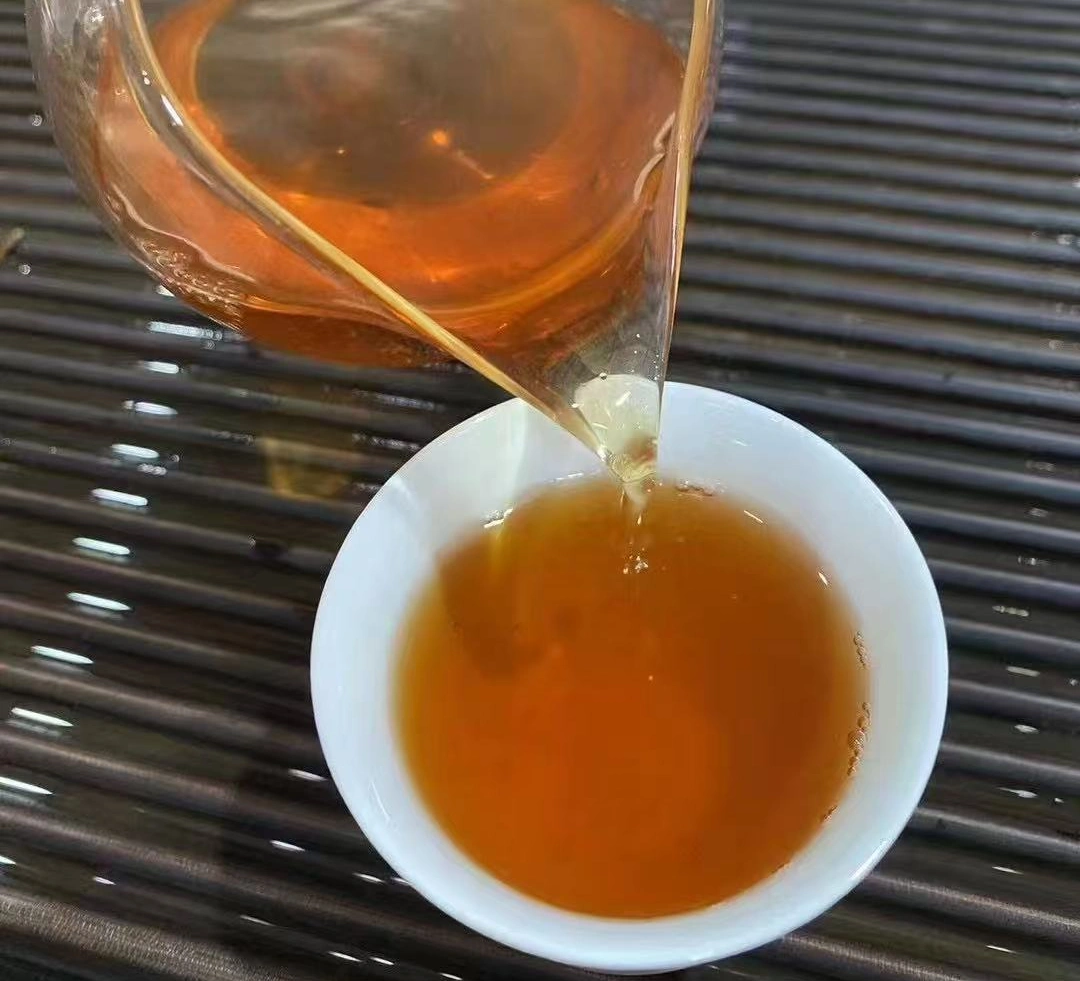Pu Erh tea caffeine content is a gateway to understanding how this ancient brew can stimulate and soothe. Imagine holding a warm, deep amber cup in your hands, the delicate wisps of steam carrying whispers of damp forest floor and aged cedarwood. Each sip of pu erh tea brings a symphony of flavors—earthy, slightly sweet, with a lingering hint of dark fruit—that awaken the senses without overwhelming the spirit.
Whether you seek a gentler lift than coffee or a deeper connection to nature’s rhythms, knowing the caffeine content in pu erh tea empowers you to harness its benefits with intention and balance. Join us as we explore the intricate dance of pu erh’s caffeine, from raw and ripe varieties to comparisons with coffee and oolong tea, revealing how to brew, optimize, and enjoy this remarkable tea every day.
Understanding Caffeine in Pu Erh Tea
What Is Pu Erh Tea?
At its core, pu erh tea is a fermented tea originating from Yunnan province in southwestern China. Unlike green or black teas, which undergo minimal or complete oxidation, pu erh undergoes a unique microbial fermentation. Harvested leaves—from ancient tea trees or cultivated shrubs—are steamed, pressed into cakes or bricks, and aged. Over months or even years, naturally occurring microorganisms break down complex compounds, transforming fresh tea leaves into a mellow, rich brew. This lengthy process creates pu erh tea caffeine content that differs significantly from other teas, offering a smooth, lasting uplift rather than a sharp spike.
How Caffeine Develops During Fermentation
The magic behind pu erh tea caffeine content lies in the interplay of fermentation and aging. Freshly plucked leaves contain high levels of catechins and caffeine. During the “shou” (ripe) or “sheng” (raw) fermentation stages, microbial activity gradually converts some catechins into theabrownins and other polyphenols. Simultaneously, caffeine molecules become bound to tannins and thearubigins, which slows their release into hot water. As a result, when you steep pu erh tea, the caffeine emerges gently, blending with earthy, woody, and sometimes fruity notes. This nuanced release creates a distinctive pu erh tea caffeine content sensation: a calm, sustained alertness that can carry you through long work sessions or quiet moments of reflection without the jolt of a strong espresso.

Measuring Pu Erh Tea Caffeine Content
Typical Caffeine Levels in Raw (Sheng) vs Ripe (Shou) Pu Erh
Not all pu erh teas carry the same pu erh tea caffeine content. Raw (Sheng) pu erh typically contains slightly more caffeine—around 50–60 mg per 8-oz. cup—because its leaves are less oxidized before aging. Ripe (Shou) pu erh, however, undergoes an accelerated fermentation that can reduce caffeine levels to around 30–50 mg per cup. If you compare them, a freshly compressed 5-year-old raw pu erh might deliver a sharper lift, while a 10-year-old ripe version offers a silkier, more subdued energy. These differences mean you can tailor your consumption: choose raw pu erh in the morning for a moderate morning energy boost, and sip a mellow ripe pu erh in the afternoon to avoid overstimulation.
Factors Influencing Caffeine Content (Leaf Age, Steeping Time, Water Temperature)
Several variables influence pu erh tea caffeine content in each cup:
- Leaf Age: Younger leaves and buds naturally contain more caffeine. Premium raw pu erh made from first flush leaves will carry higher levels than older, more oxidized leaves.
- Steeping Time: A longer steep (3–5 minutes) extracts more caffeine, while a shorter 30–45-second rinse or quick infusion yields a gentler dose.
- Water Temperature: Boiling water (100°C/212°F) rapidly liberates caffeine and tannins. If you brew at 90–95°C (194–203°F), you can moderate the caffeine release, producing a smoother cup with less bitterness.
- Leaf Quantity: The more grams of pu erh you use per ounce of water, the higher the caffeine concentration. A standard ratio of 5–6 grams per 240 ml yields a satisfying 40–50 mg of caffeine, whereas doubling the leaves can push that figure toward 80–100 mg.
Understanding these factors lets you customize pu erh tea caffeine content to suit your tolerance and time of day, ensuring every cup aligns with your energy needs.
Pu Erh Tea Caffeine vs Coffee
Comparing Caffeine Amounts: Pu Erh vs a Standard Cup of Coffee
One of the most compelling reasons people turn to pu erh tea caffeine content is to find a smoother alternative to coffee. A typical 8-oz. brewed coffee contains 95–165 mg of caffeine. In contrast, pu erh tea caffeine content usually hovers between 30–60 mg. That means a single cup of pu erh delivers roughly one-third the caffeine punch of coffee. The result? You avoid the rapid adrenaline surge coffee provides, replacing it with a more balanced, slow-building lift. Imagine waking up with a gentle glow: you sip pu erh and feel warmth radiate through your chest, not a jolt followed by nerves. Over the next several hours, your alertness peaks naturally, avoiding the crash that often follows a strong latte.
How Caffeine Absorption Differs Between Pu Erh Tea and Coffee
Beyond raw numbers, the way pu erh tea caffeine content interacts with your body differs significantly from coffee. Coffee’s caffeine is largely free-floating, readily absorbed in the stomach and small intestine, causing a quick spike in blood caffeine levels. Pu erh’s caffeine, however, binds intricately to polyphenols—tannins and theabrownins—during its fermentation. This binding slows absorption, creating a gentle, extended plateau rather than a rapid ascent. When you sip pu erh, the warmth and rich aroma coax you into a relaxed yet focused state. It’s akin to embarking on a scenic drive rather than accelerating on a racetrack. You experience pronounced mental clarity, but with fewer jitters and a reduced likelihood of midday crashes. For those seeking reliable energy through long meetings or study sessions, pu erh tea caffeine vs coffee often tilts the scale in favor of pu erh’s even-keeled support.
Pu Erh Tea as Coffee Alternative
Benefits of a Gentler Caffeine Lift
Turning to pu erh tea as coffee alternative can transform your daily routine. Instead of gulping down a steaming mug of coffee and bracing for a caffeine spike, you savor a deep, velvety cup of pu erh. The first fold of the leaves unfurls like an autumn leaf, and the warm tea mellows your senses. As you sip, you feel a consistent warmth build, radiating down your throat and through your torso. Over the next 3–5 hours, that warmth translates into a calm, laser-sharp focus. No more racing thoughts or stomach jitters—just steady awareness that carries you through challenging tasks. Whether you’re navigating a marathon coding session, tackling back-to-back meetings, or preparing detailed reports, pu erh tea as coffee alternative ensures you remain grounded and present.
Steady Energy without Jitters
For many coffee drinkers, the downside of caffeine is all too familiar: sweat-soaked palms, a racing heart, and the crushing fatigue that follows the inevitable crash. Pu erh tea as coffee alternative sidesteps these pitfalls. Its moderate pu erh tea caffeine content and intricate polyphenol-caffeine matrix create a tempered buzz. Picture yourself in a library or a quiet office nook, enjoying a second cup of pu erh after lunch. The tea’s earthy, slightly sweet aroma drifts around you, anchoring you in the moment. As you return to your work, you feel alert yet calm—creative ideas flow without pressure, and you remain fully present. This smooth, jitter-free boost defines why so many seek pu erh tea as coffee alternative, preferring its mellow rhythm over coffee’s roller-coaster.

Pu Erh Tea and Oolong Tea: Caffeine Comparison
Caffeine Ranges in Oolong Tea
Oolong tea—often celebrated for its floral and toasty notes—occupies a middle ground between green and black teas. Typically, oolong’s caffeine content ranges from 35–55 mg per 8-oz. cup, depending on oxidation and leaf grade. Lightly oxidized oolongs, like high-mountain Taiwanese teas, lean toward 30 mg, offering a gentle lift that resembles early morning sunlight. More heavily oxidized, roasted oolongs can approach 55 mg, providing a moderate caffeine kick. When comparing pu erh tea caffeine content to oolong’s range, raw pu erh and heavily aged ripe pu erh often reside at the higher end of the scale, rivaling or even slightly surpassing those darker oolongs. Thus, if you’ve grown accustomed to a midday oolong break, shifting to pu erh may require a slight adjustment—both in terms of flavor and energy level.
Choosing Between Oolong and Pu Erh for Desired Alertness
When you want a quick floral pick-me-up, a lightly oxidized oolong’s tea aroma—orchid or gardenia—provides immediate sensory pleasure and a moderate mental jolt. Think of sipping oolong on a sun-drenched balcony, where each fragrant cup feels like a gentle breeze. But when you crave sustained focus—perhaps for an afternoon jam session on spreadsheets or late-night revisions—pu erh tea caffeine content steps up its game. Its deeper fermentation profiles deliver warmth and complexity: notes of dark chocolate, camphor, and aged wood. If your goal is to maintain unwavering concentration over long stretches, a robust pu erh tea with 50–60 mg of caffeine may outperform oolong’s lighter lift. That said, alternating between oolong’s crisp clarity and pu erh’s velvety stamina can be a masterful strategy—balancing your need for immediate uplift and enduring alertness without overstimulation.
How to Control Your Pu Erh Tea Caffeine Intake
Steeping Techniques to Reduce Caffeine
Customizing pu erh tea caffeine content begins at the steeping stage. For a lower-caffeine cup:
- Use Shorter Steeps: Rinse leaves with hot water (95–100°C) for 10–15 seconds, then discard. Brew the first infusion for only 30–45 seconds; this extracts less caffeine and tannin, yielding a smoother, lighter flavor.
- Lower Water Temperature: Instead of boiling water, aim for 90–95°C. This gentler approach releases fewer caffeine molecules, emphasizing pu erh’s sweeter, milder notes.
- Reduce Leaf Quantity: Use 3–4 grams of pu erh leaves instead of 6–7 grams per 240 ml of water. Fewer leaves translate to lower total caffeine.
- Limit Infusions: After 2–3 rinses, caffeine levels drop significantly. Finish after three steeps if you want to manage your intake carefully.
Following these methods, you can tailor pu erh tea caffeine content to breakfast, midday, or pre-bedtime rituals, ensuring each cup aligns with your energy needs.
Decaffeinated and Low-Caffeine Pu Erh Options
If you need minimal caffeine—perhaps due to late evenings or caffeine sensitivity—two alternatives exist:
- Low-Caffeine Pu Erh: Some tea makers slow-roast pu erh leaves at lower temperatures before fermentation, reducing caffeine content naturally. These teas retain pu erh’s earthy character but deliver only 15–25 mg per cup.
- Decaffeinated Pu Erh: Using a Swiss water or CO₂ method, tea producers remove most caffeine while preserving polyphenols. A decaffeinated pu erh cup may contain under 3 mg of caffeine, making it nearly caffeine-free. You maintain all the metabolic and antioxidant advantages without risking sleepless nights.
Whether you choose a low-caffeine or decaf option, these products allow you to embrace pu erh tea as coffee alternative at any hour, blending taste and function seamlessly.
Health Benefits Beyond Caffeine
Antioxidants and Metabolism Support
While pu erh tea caffeine content often grabs the spotlight, pu erh’s health perks extend far beyond caffeine. Pu erh’s fermentation produces unique compounds—such as theabrownins and gallic acid—that boast potent antioxidant properties. These antioxidants scavenge free radicals, protect cells from oxidative damage, and support healthier aging. Moreover, numerous studies suggest pu erh can aid in lipid metabolism: daily pu erh consumption may help maintain healthy cholesterol levels, support weight management, and improve gut microbiome diversity. Envision sipping a cup of pu erh after a hearty meal—its warm, earthy aroma, tinged with camphor and black cherry, soothes your palate while igniting metabolic processes. Over time, this can translate to increased vitality and a leaner midsection, benefits coffee simply cannot match.
Gut Health and Detoxification
Another remarkable aspect of pu erh tea is its ability to support gut health and detoxification. The tea’s microbial fermentation creates natural probiotics that can balance intestinal flora. Healthy gut bacteria enhance nutrient absorption, strengthen the gut barrier, and reduce inflammation—key factors in overall well-being. Additionally, pu erh’s polyphenols stimulate bile production, aiding liver detox pathways. Picture a late afternoon when you feel bloated after a heavy lunch—brewing a cup of pu erh can spark gentle peristalsis, easing discomfort, and renewing a sense of lightness. This dual action on gut health and detoxification means that pu erh tea as coffee alternative not only sustains your focus but also nurtures your body from the inside out, supporting a holistic approach to health.
Brewing Tips for Optimal Enjoyment
Gongfu Style vs Simple Steeping
To experience the full spectrum of pu erh tea caffeine content and flavor, two brewing methods shine:
- Simple Steeping: Ideal for busy mornings or office breaks. Place 5–6 grams of pu erh leaves in a mug, rinse with 95–100°C water for 10 seconds, then steep for 2–3 minutes. This yields a balanced infusion—earthy, slightly sweet, with moderate caffeine. Perfect for a quick pick-me-up without fuss.
- Gongfu Style: For a deeper, ceremonial experience, use a 100–120 ml gaiwan or Yixing pot. Rinse leaves briefly, then perform a series of 10–15 second steeps, gradually increasing to 30 seconds over 5–7 infusions. Each steep reveals layers: first, dark forest moss and anise; then, camphor and black cherry; finally, a silky smooth finish with hints of aged leather. This method extracts pu erh tea caffeine content more slowly, allowing you to savor each nuanced brew.
Choosing between Gongfu and simple steeping depends on your time and mood. Either way, you’ll unlock pu erh’s magic within minutes.
Best Times to Drink for Balanced Energy
Timing your pu erh tea caffeine content consumption optimizes its benefits:
- Morning (7–9 AM): Brew a quick 2–3 minute steep to replace your daily brew of coffee. The gentle caffeine lift sets a calm, alert tone for your workday.
- Midday (12–2 PM): After lunch, drink pu erh to support digestion, mental clarity, and avoid the 2–3 PM slump. A short 30-second rinse followed by a 2-minute steep ensures you receive an afternoon boost without interfering with evening rest.
- Late Afternoon (3:30–4:30 PM): If you need another pick-me-up, opt for a lighter infusion (45–60 second steep) to extract minimal caffeine. You gain focus for evening tasks without jeopardizing sleep.
- Avoid After 5 PM: Even though pu erh tea caffeine content is moderate, late consumption can still disrupt sleep. For evening relaxation, switch to herbal or decaf pu erh if desired.
By aligning your tea breaks with these windows, you maintain steady energy and prevent caffeine overload, tapping into pu erh’s gifts at precisely the right time.

🔗 To learn more about how to make tea, check out Tbiwencha’s YouTube video explaining how to make tea.
Potential Drawbacks and Precautions
Caffeine Sensitivity and Timing
While pu erh tea caffeine content is gentler than coffee, individuals with caffeine sensitivity may still experience jitteriness or sleep disturbances if they drink pu erh too late. If you notice insomnia or palpitations, try:
- Shorter Steep Times: Limit steeps to 30–45 seconds to reduce caffeine release.
- Lower Water Temperature: Brew at 90–95°C instead of a full rolling boil.
- Limit Late-Day Intake: Avoid pu erh after 4 PM; switch to decaf or herbal teas.
- Gradual Adjustment: If you’re new to pu erh, start with a single cup every other day to gauge tolerance.
Monitoring your body’s response ensures you enjoy pu erh tea as coffee alternative without unwanted side effects.
Interactions with Medications
Like all caffeinated beverages, pu erh tea caffeine content can interact with certain medications:
- Blood Thinners: Pu erh contains vitamin K analogs that can affect warfarin. Monitor INR levels if you’re on anticoagulants.
- Stimulant-Sensitive Conditions: If you have anxiety disorders, arrhythmias, or high blood pressure, consult your physician before making pu erh a daily habit.
- Iron Absorption: Tannins in pu erh may inhibit non-heme iron absorption. Avoid drinking tea with iron-rich meals or supplements.
- Pregnancy and Nursing: Limit pu erh intake to 1–2 small cups per day, and discuss with a healthcare provider, as caffeine can affect fetal development and sleep.
By taking these precautions, you can harness pu erh tea caffeine content safely and effectively.
Conclusion: Harnessing Pu Erh Tea Caffeine Content for Your Lifestyle
With its uniquely moderated pu erh tea caffeine content, pu erh tea offers a compelling alternative to coffee. From raw to ripe varieties, each infusion provides steady, long-lasting energy without the jittery spikes and crashes. Pair this with pu erh’s metabolic, antioxidant, and gut-supporting properties, and you have a drink that nurtures body and mind. By mastering steeping techniques—adjusting water temperature, leaf quantity, and infusion times—you tailor caffeine levels to morning productivity, afternoon focus, and evening relaxation. For those who love oolong’s floral lift, knowing how pu erh tea caffeine content compares empowers you to alternate teas based on your concentration needs. Whether you seek a mindful morning ritual, a midday mental reset, or a gentle afternoon pick-me-up, pu erh tea caffeine content holds the key. Embrace this ancient brew, savor its rich aroma, and discover a balanced, healthful pathway to sustained alertness and well-being.



